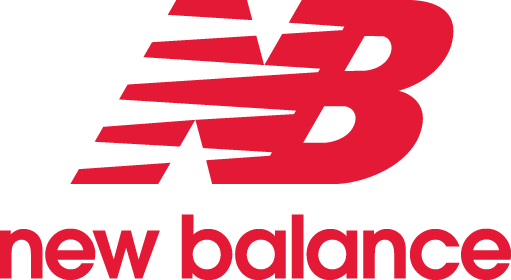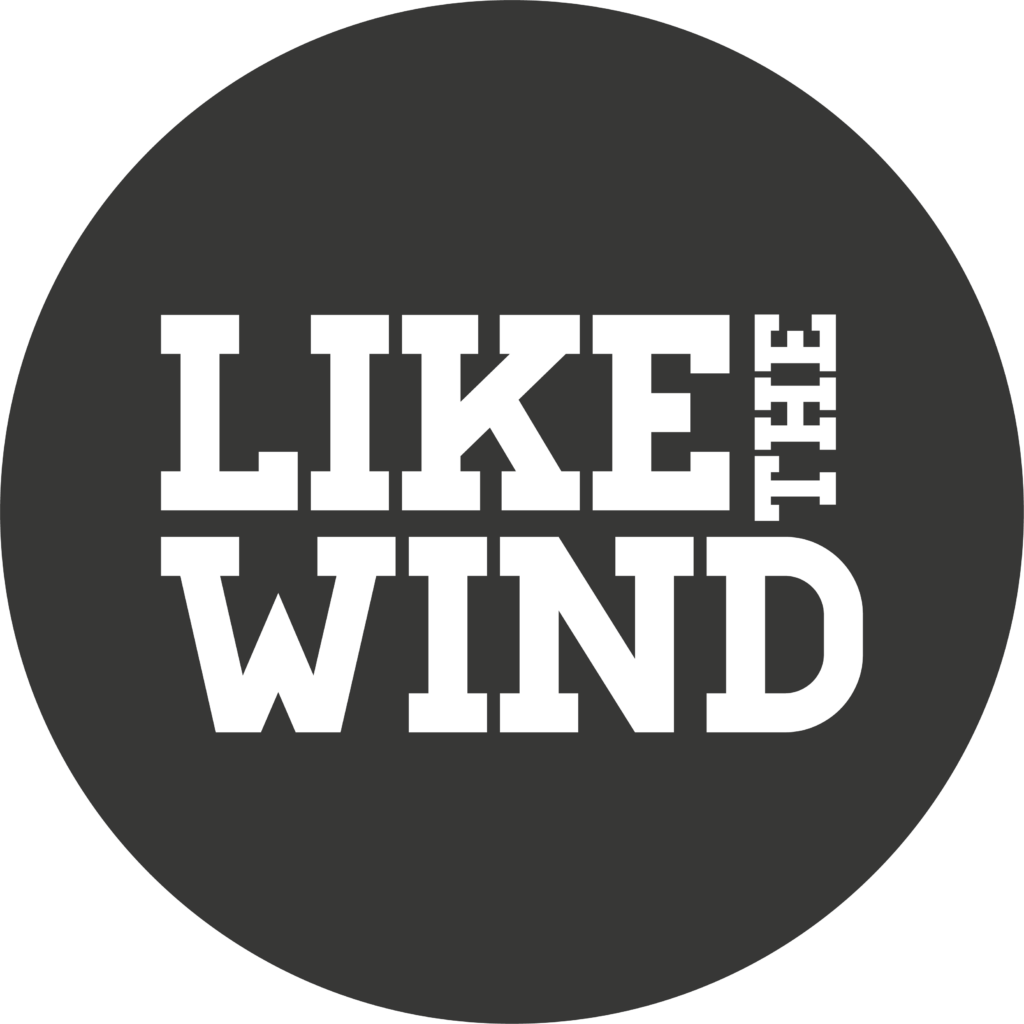Words by Like the Wind – Photography by New Balance
It’s almost impossible to arrive in the Chamonix Valley, in the heart of the French Alps, and not look up. The mountains dominate, especially the Massif du Mont-Blanc to the south, carving a jagged outline against the sky. Even though the town snakes along the valley at just over 1,000m above sea level, the slopes on every side still soar dramatically skyward.
It was this awe-inspiring backdrop that sparked an idea in Georges Costaz and Christian Roussel – keen runners and joint chairpersons of the Club des Sports (which was originally called the Club Alpin Français de Chamonix, when it was created in 1905). They envisioned a race that would give runners the chance to test themselves in this beautiful, savage, breathtaking environment.
And so it was that on 1 July 1979, 450 runners toed the start line for the inaugural Cross du Mont-Blanc. A 21km race in the Chamonix valley, this was the inaugural event which would ultimately develop into one of the most important trail race series in the world.
The basic outline of the Chamonix valley has not changed much since the foundation of the Club des Sports. What has changed dramatically is the contents of the valley. The town, despite being restricted by the shape of the landscape, has grown into a home for around 9,000 people year-round and a holiday destination for 5 million tourists every year.
There is another big change to the contents of the valley – the retreat of the glaciers due to climate change. This has been well recorded. Indeed, photographs from the early 1900s show the Mer de Glace flowing right down to the valley floor. Whereas now, the ice ends far up the tributary in which it has sat for thousands of years.
It is no coincidence, then, that these two huge changes over the last century are also those on which the organisers of the Marathon du Mont Blanc are most focused.

Fred Comte, a permanent resident of Chamonix, has been the race director of the Marathon du Mont-Blanc since 2006. As a member of the Club des Sports for 25 years – the body that organises the eight races that make up the Marathon weekend, along with dozens of other events throughout the year – Comte is deeply involved in the town’s sporting life.
“Chamonix is a world-famous destination,” explains Fred when asked what makes the Marathon du Mont-Blanc such a special event. “Wherever you run, especially if you’re in the marathon or the 90km race, you’re always facing snow-capped mountains. We have a magnificent backdrop. For the past 50 years, the town hall has created a team that maintains the trails; they are well suited to running because they are so well groomed.”
The race’s popularity is also tied to its history and to how the organisers’ approach has evolved over time. “The Mont-Blanc Cross – which took its name from ‘cross country’ was the first race we created in 1979,” explains Fred. “And the goal for us was to improve our time every year. From the start there were 1,000 participants, but there was a strong notion of performance and trying to improve our time by a few minutes.” The race also included long sections of tarmac road.
But by the early 2000s, the organisers had begun to draw inspiration from races like the Jungfrau-Marathon – a 42km race that weaves its way up the side of the Eiger, finishing alongside the glacier of the same name after climbing to almost 2,000m above sea level. It was thinking about races like this that led to the creation of the 42km marathon and a 10km race, all on trails, in 2003. And with the creation of new routes, the philosophy also changed. No longer was the goal to shave a few minutes off the previous year’s time. Now the goal was finishing a challenging off-road race.
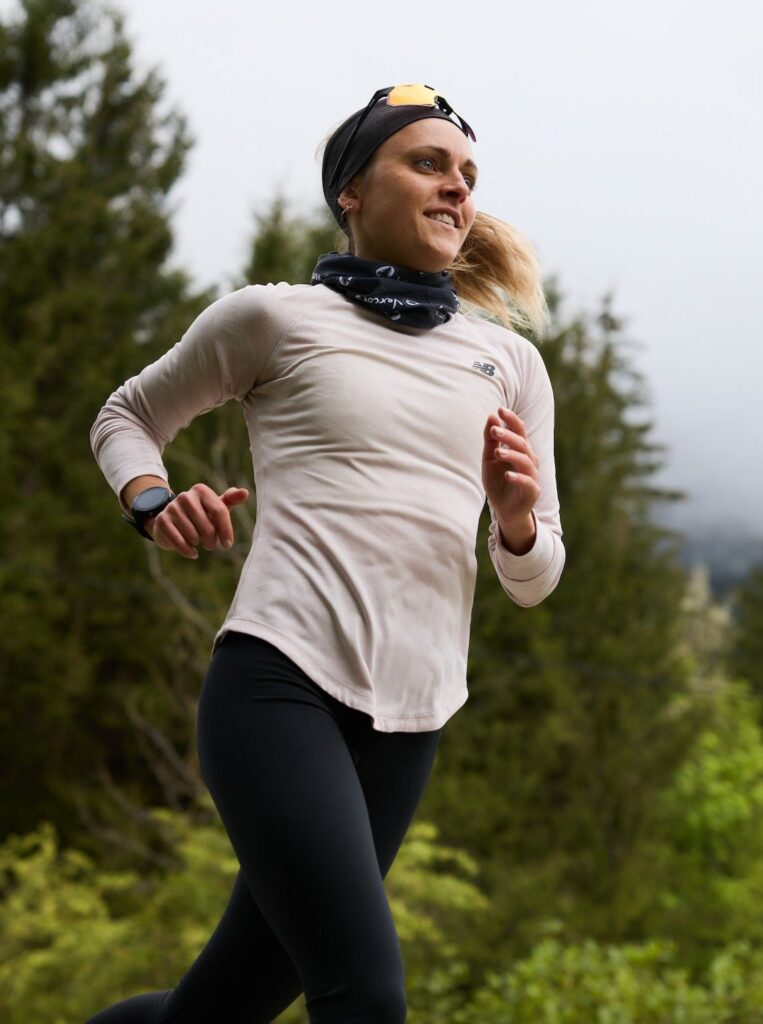

The success of the entirely off-road marathon, along with the enduring popularity of the Cross race, soon led to the addition of new races: in 2011, the vertical kilometre (a dash up the side of the valley, gaining 1,000m in 3.8km); in 2013 the 80km ultra marathon was added (which was extended to 90km in 2018); and in 2015 a team race for pairs called the Duo Étoilé and the Young Race, with under-18 and under-20 categories, were added.
As the events grew, so did the realisation that protecting the environment through which the runners pass needed to become a priority. “We were born in Chamonix,” says Fred. “We live in Chamonix and our children are here. We’ve been using the trails since we were young and we were raised by our parents to protect the mountains. So we have always taken our trash with us. We leave [the environment] as it was. That is in our culture.”
But when it came to racing, the thinking was different. “When we started 20 years ago, people would throw [trash] on the ground because we were into performance. That meant we had all our volunteers picking up the trash. But [as the races grew] we saw that’s impossible. It can’t be like that.”
That is why, over the years, the race has taken steps to reduce its impact on the environment. Initially, providing bins for runners along the route. Then penalising anyone seen dropping litter. Then the race eliminated packaging. And now, the Club des Sports even makes its own carbonated drinks to reduce packaging and the need for transport. The most recent initiative is to encourage the use of public transport and other methods of getting to the Marathon du Mont-Blanc that are more environmentally friendly. “There is even one runner who is going to walk 600km to participate in the 42km route,” says Fred.
Another key focus for the Club des Sports is promoting sport within the local community of Chamonix. As Fred explains, “Today we have more than 4,000 members out of a population of 9,000 people. That illustrates how much sport is an integral part of life in Chamonix.” For this reason, the organisation is involved in every sport possible, with a particular emphasis on engaging young people: “It’s super important that we promote sport for young people,” says Fred. “It’s really in [the club’s] DNA.”
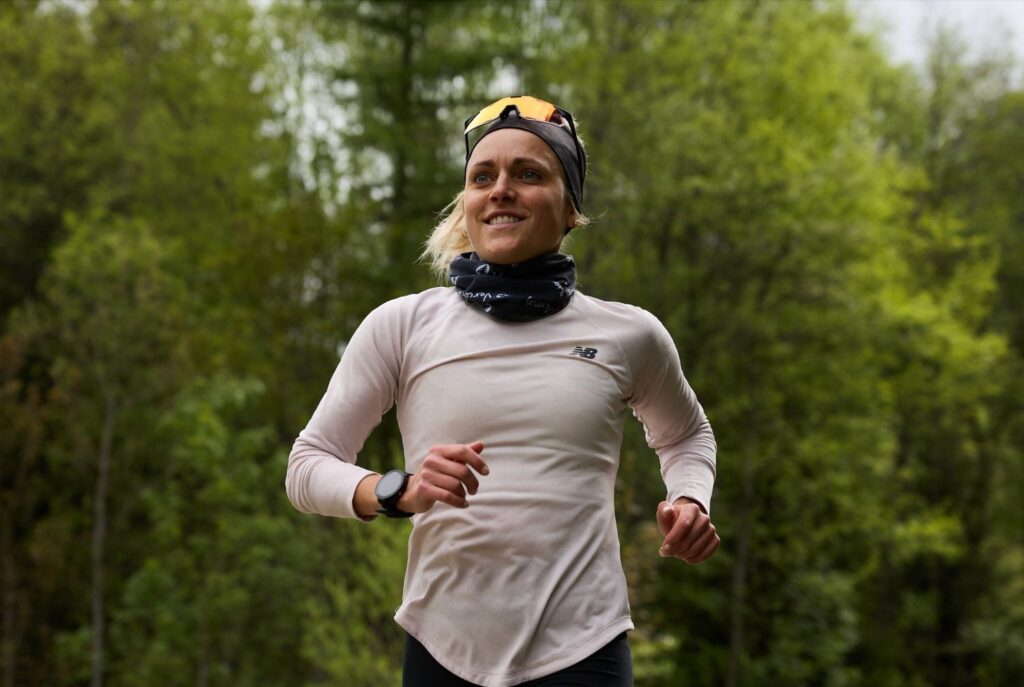
Given all of the initiatives that the Club des Sports has implemented, the question is: what does this mean for athletes taking part? Théo Detienne and Maëlle Beauvir are both members of the New Balance trail team and will be participating in this year’s 90km and 42km races respectively.
“What I really like about the 90km race is that it’s really a mountain-style race,” says Théo, who finished fourth in that race in 2024. “We’ll have Chamonix on one side and we’ll be facing the Mont Blanc massif. We’ll be underneath the Aiguilles Rouges. The whole area is incredibly wild. And that’s something I’ve never found anywhere else.”
Maëlle will be racing the course for the first time. But that doesn’t mean she’s not already excited. “I have started studying the course,” she explains. “The fact is you have to be pretty well-rounded in this race. There’s the beginning section, which is super fast. And then long, steep climbs and some technical descents. There is a bit of everything.”
Both Théo and Maëlle are impressed by the sustainability and community initiatives at the Club des Sports. “I was lucky enough at the beginning of the year to have a meeting with the Club des Sports,” says Théo, “and they explained all the missions they have locally. They really promote youth participation, because it’s the future of the sport. They have a vision for the future; they want to support and encourage young people to become the athletes of tomorrow.”
Maëlle agrees, adding, “What’s interesting about having an event like this in Chamonix is that young people can come into contact – and potentially talk with – elite athletes. They can access their experiences and get motivated.”
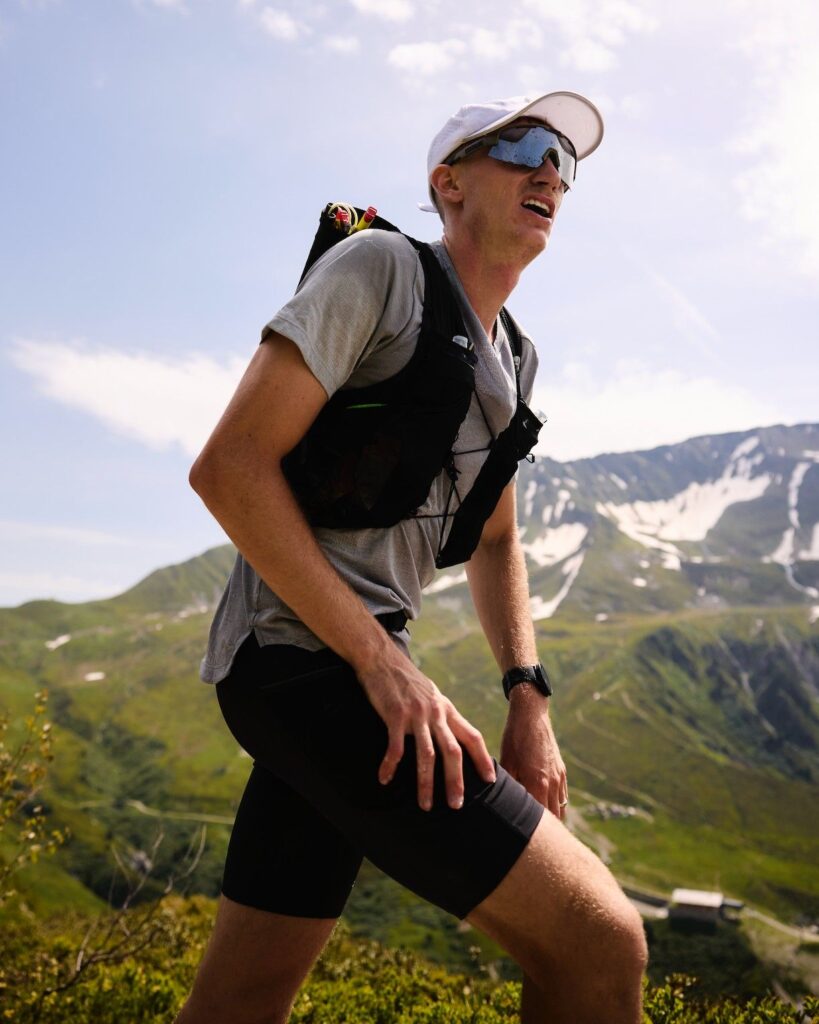
When it comes to sustainability, Maëlle and Théo are equally enthusiastic. “The fact that each year the organisers have taken new steps to preserve the environment and the surroundings, is really impressive,” says Théo. “In particular, the effort they’ve made to promote the use of public transport is great. It’s the first time they’ve done it and it’s the first race to reserve places for athletes who come by public transportation.” Maëlle adds, “I think this initiative of promoting the use of public transport can really give ideas to other races.”
Fred is keen to emphasise that a key reason the Club des Sports’ partnership with New Balance is such a good fit is because the brand supports its initiatives. “When we spoke with the New Balance team, we immediately felt we shared a philosophy: that we are hands-on people who wanted to do things well, without over-hyping them. And this new partnership has clearly given us a second wind. We’re starting a story together and we have lots of new ambitions.” A phrase that comes up several times when talking with Fred is that the races organised by the Club des Sports are based on “human values at a human scale”. And that sentiment truly reflects everything they do: they care deeply and are committed to improving the lives of the people of the Chamonix valley, as well as the environment of the valley itself.
It’s clear that time, patience and vision are delivering changes that match the grand scale of the mountains in which it is such a privilege to run.
This article is based on interviews with Fred Comte, Théo Detienne and Maëlle Beauvir. To read the full conversation, featuring more in-depth insights and the athletes’ ambitions for their races, visit bit.ly/ltw-mmb25
